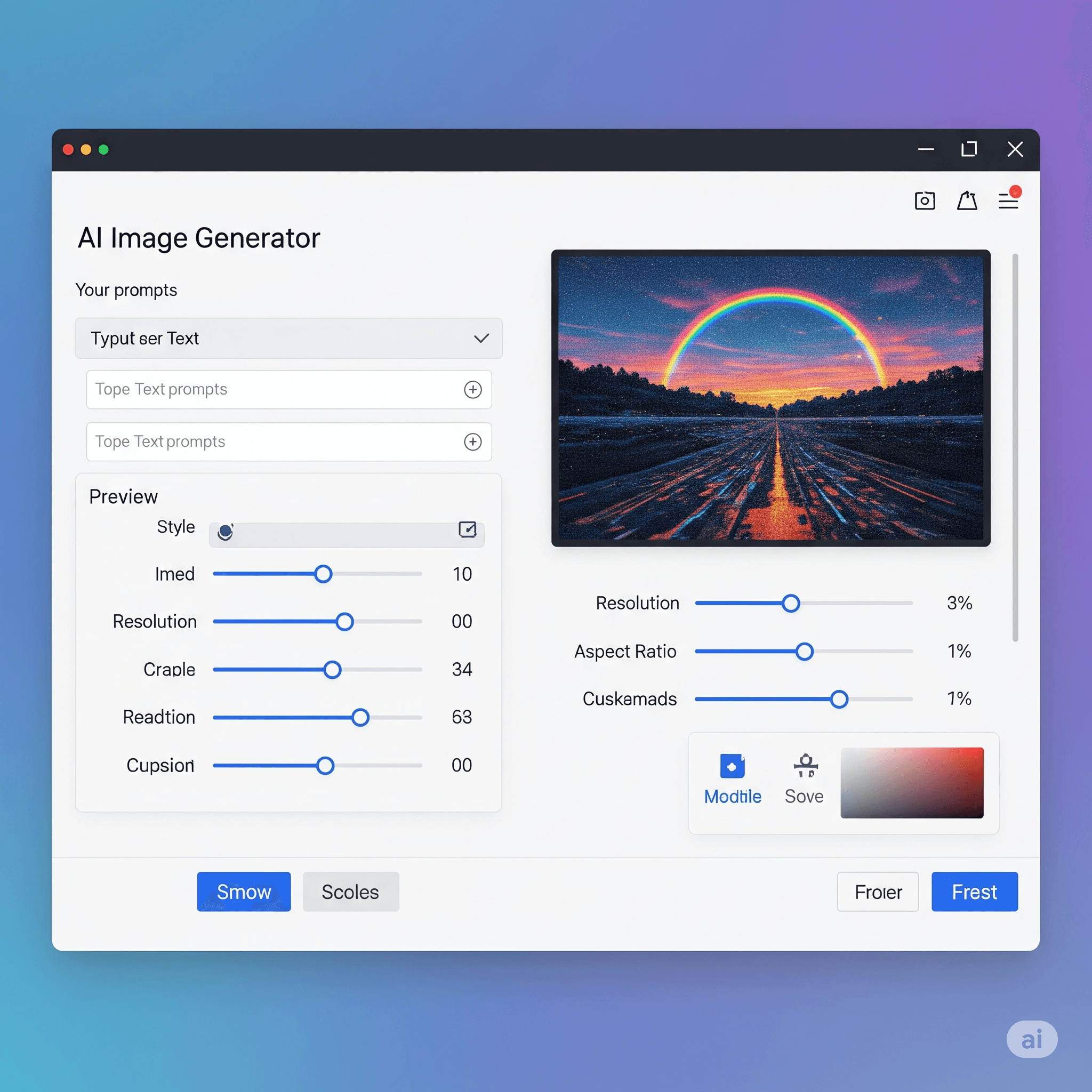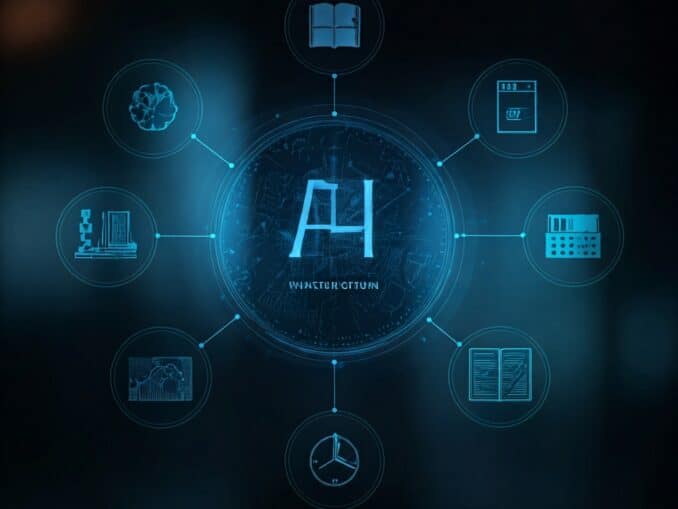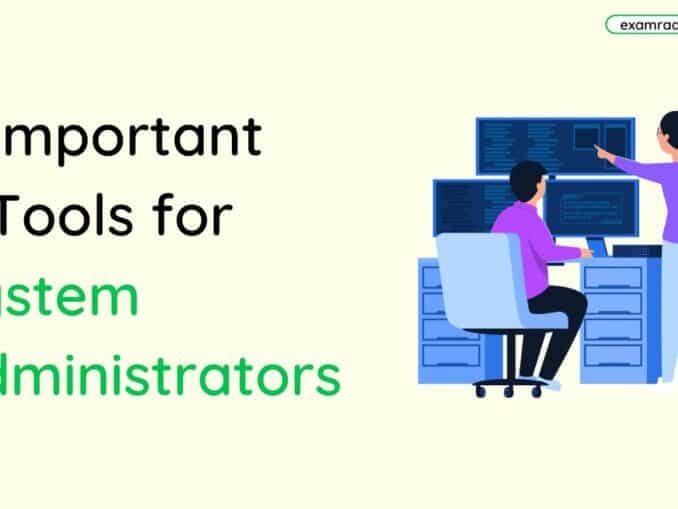Question: What is Packet switching ?
Answer:
Packet switching is a method of transmitting data in which information is broken down into smaller units called packets and then sent individually across a network. Each packet typically contains a portion of the data being transmitted, as well as addressing information that indicates the source and destination of the packet.
Instead of establishing a dedicated connection between the sender and receiver, as in circuit switching, packet switching allows multiple packets from different sources to be transmitted simultaneously over the same network links. This sharing of network resources makes packet switching more efficient and scalable.
When data is sent using packet switching, it is divided into packets at the sender's end. Each packet is then independently routed through the network based on the destination address carried within the packet. As packets traverse the network, they may take different paths and encounter different network devices, such as routers, which examine the addressing information to determine the next hop for each packet.
Upon reaching the destination, the packets are reassembled in the correct order to reconstruct the original data. This process is facilitated by the sequence numbers or other markers included in the packets, allowing the receiver to arrange them correctly.
Packet switching offers several advantages over circuit switching. It allows for more efficient utilization of network resources, as packets from multiple sources can be interleaved and transmitted concurrently. It also enables greater robustness and fault tolerance, as packets can take alternative routes if a network link fails or becomes congested.
The internet is built on the principle of packet switching, and it is the primary method used for data transmission across networks worldwide.
MCQ: Internet uses
Explanation:
Packet switching is a method of transmitting data in which information is broken down into smaller units called packets and then sent individually across a network. Each packet typically contains a portion of the data being transmitted, as well as addressing information that indicates the source and destination of the packet.
Instead of establishing a dedicated connection between the sender and receiver, as in circuit switching, packet switching allows multiple packets from different sources to be transmitted simultaneously over the same network links. This sharing of network resources makes packet switching more efficient and scalable.
When data is sent using packet switching, it is divided into packets at the sender's end. Each packet is then independently routed through the network based on the destination address carried within the packet. As packets traverse the network, they may take different paths and encounter different network devices, such as routers, which examine the addressing information to determine the next hop for each packet.
Upon reaching the destination, the packets are reassembled in the correct order to reconstruct the original data. This process is facilitated by the sequence numbers or other markers included in the packets, allowing the receiver to arrange them correctly.
Packet switching offers several advantages over circuit switching. It allows for more efficient utilization of network resources, as packets from multiple sources can be interleaved and transmitted concurrently. It also enables greater robustness and fault tolerance, as packets can take alternative routes if a network link fails or becomes congested.
The internet is built on the principle of packet switching, and it is the primary method used for data transmission across networks worldwide.
Discuss a Question
Related Questions
- 1. For carrying out B2B e-Commerce the following infrastructure is essential:I. World Wide Web II. Corporate network III. Electronic Data Interchange standards IV. Secure Payment Services V. Secure electronic communication link connecting businesses
- 2. Usually TCP/IP uses the services of _________ before using any other application program
- 3. The domain [email protected] is a(n) _________ domain
- 4. The domain [email protected] is a(n) _________ domain.
- 5. The domain [email protected] is a(n) _________ domain
- 6. Internet data is broken up as
- 7. Internet packet data structure consists of I. source address II. destination address III. serial number of packets IV. message bytes V. Control bits for error checking VI. Path identification bits
- 8. For carrying out B2C e-Commerce the following infrastructure is essentiali. World Wide Web ii. Corporate network iii. Electronic Data Interchange standards iv. Secure Payment Services v. Secure electronic communication link connecting businesses
- 9. For carrying out C2C e-Commerce the following infrastructure is essentiali. World Wide Web ii. Corporate network iii. Electronic Data Interchange standards iv. Secure Payment Services v. Secure electronic communication link connecting businesses
- 10. The packets of an internet message
You may be interested in:
Web Fundamental MCQs






